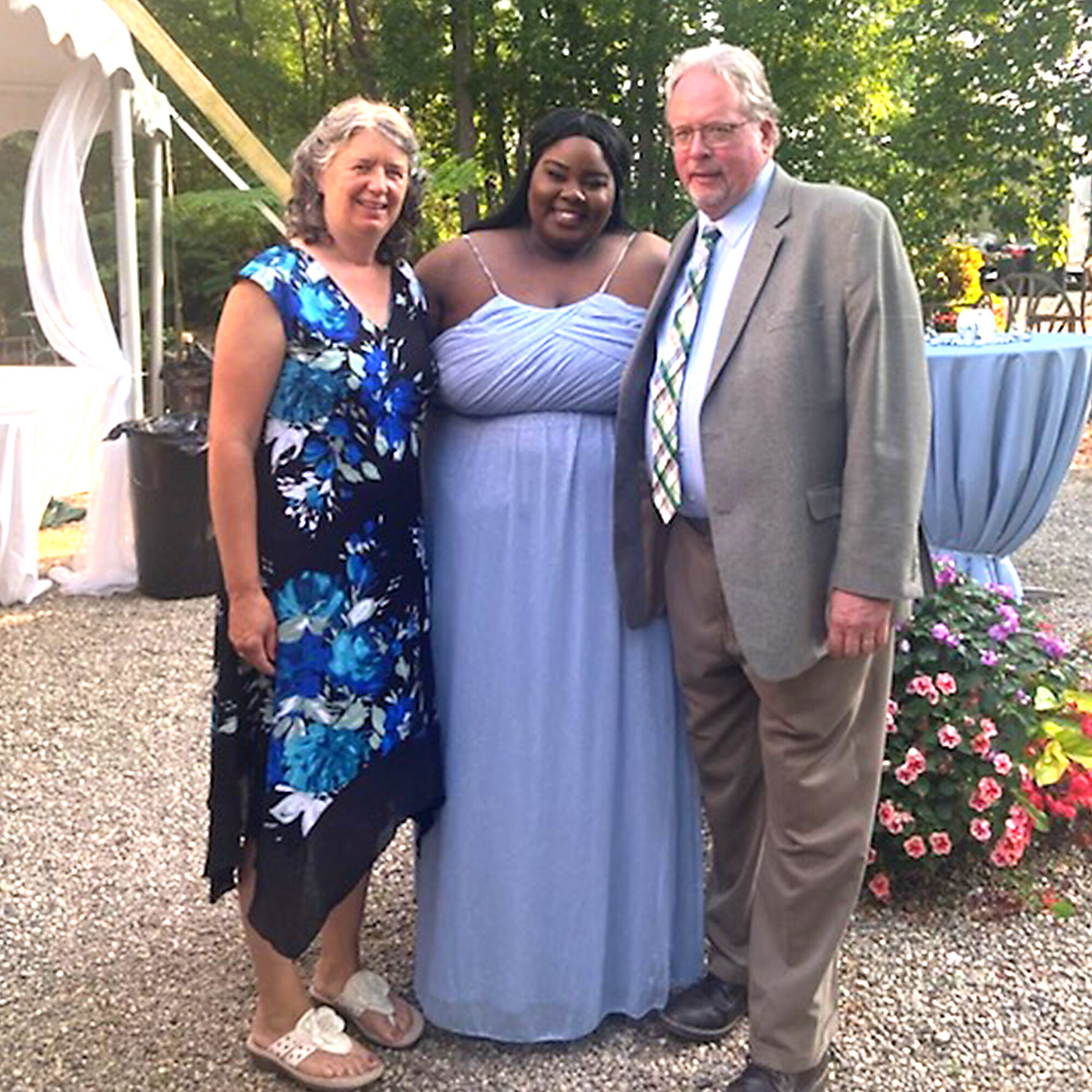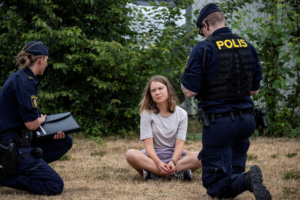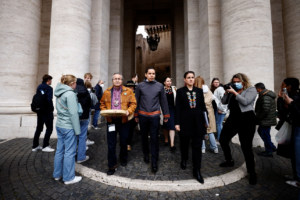Black adults who were adopted by white families share their perspectives on identity, culture and a sense of belonging.
Some of Lydia Berkey’s happiest childhood moments were spent in a Black hair salon.
“It was my favorite place, no question,” Berkey, 25, tells TODAY.com. “Being surrounded by these women who looked like me was the best feeling. I felt at home.”
Though the appointments lasted hours, Berkey, who was adopted as an infant by white parents, was never ready to leave.
It wasn’t that Berkey was unhappy at home.
“I love my mom and dad,” says Berkey, now an adoption case worker. “But I do wish they had found more ways incorporate my culture into my daily life. I longed for meaningful relationships with other Black people. I needed other Black people to celebrate Blackness with me.”
Fellow transracial adoptee Angela Tucker can relate. Tucker, 37, grew up in a city that was 88% white, and she says she struggled with her racial and cultural identity. Now an adoption advocate, Tucker recommends that white adoptive parents consider relocating to racially and culturally diverse areas.
“Go to your local elementary school and literally ask, ‘What percentage of the teaching staff are people of color?’” the “You Should Be Grateful” author tells TODAY.com. “If it’s not above 50%, I don’t think that’s a safe environment for your kid.”
“I understand that not everyone is able to make that sacrifice for various reasons,” Tucker notes. “But if (a Black child) has zero access to people who look like them, I think that’s a form of cultural neglect.”
Here are eight more tips from adoptees for successful transracial adoptions.
1. White parents, Black kids: Outsource
“Understand that there are some things as a white person that you cannot teach your Black kid,” Tucker says. “Think of it like piano lessons. If your mom doesn’t play piano, then she’ll find a piano teacher for you. And there’s no shame in that.”
Tucker attended a summer camp for transracial adoptive families that was created by a group of adoptive moms, including her own mom. Tucker swam and made macaroni necklaces, but she also attended seminars about race and racism.
“This weeklong camp was thrilling for me, because I got to be surrounded by other people who didn’t gawk or stare with curiosity about our unique family,” Tucker shares. “The people of color outnumbered the white people. Adoptees outnumbered non-adoptees. The feeling of being in the majority was an unusual, exciting and empowering experience — a long-sought-after feeling of belonging.”
2. Black dolls (and art and books) matter
Tucker recalls how her mom spent days trying to track down Black Cabbage Patch dolls in the 1980s.
“Not just for me, but for all of my siblings — she wanted all of her kids to understand that Blackness is not … like second-class citizenry,” Tucker says. “I think that’s really deep messaging that getsprogrammed unless you have parents that are calling out.”
Tucker says having Black artwork on the walls also matters.
“If your house doesn’t feature any art with Black or brown people, you’re communicating to this child that they don’t have a space here,” she explains.
Berkey grew up in a home where her parents listened to Black artists and read children’s books written by Black authors to her and her siblings.
“They were signs like, ‘You belong here,”’ Berkey says. “They didn’t go unnoticed.”
3. Have a diverse village
“You shouldn’t adopt a Black child unless you have Black people in your life,” Berkey says plainly. “You don’t want to have these transactional relationships where you’re only reaching out to these people because now you have a child who is Black or brown.”
Start Your Day With Us Today, Every Day!
We’re bringing you the latest in news, pop culture, wellness, parenting, shopping and more with our TODAY newsletters. Join us!
Berkey says it’s not an adoption requirement — but it should be.
“Parents should absolutely be asked, ‘How can you meet that child’s cultural needs?’” she says. “As a transracial adoptee, I can tell you it’s more than having a couple of Black toys in the home.”
4. Know that ‘color blindness’ upholds racism
A well-meaning parent might say, “I don’t see color. I just see my kid and I love them.” But, according to Tucker, those types of remarks can be damaging.
“How do we learn to love ourselves if you’re not going to see us?” Tucker says.
5. Allow your child to explore their culture
When Corey Soderberg, a Black man adopted by white parents in Nevada, asked his mom for cornrows for his hair, she found him the best shop in their area.
“Both my parents were really cool about that stuff,” Soderberg, 29, tells TODAY.com.
They were open to the possibility of Soderberg meeting his birth family and encouraged him to look for them on social media.
“They were always excited about the possibility of me finding them,” he says. “I never felt like I was betraying them. I know a lot of kids in my situation are made to feel guilty. But mine were supportive.”
Soderberg does wish he could have known other transracial adoptees when he was growing up.
“I think that really would have helped me with a lot of my insecurities as a kid,” he says. “I felt like I didn’t belong anywhere.”
6. Everyone needs to be on board, so cut off your racist relatives
Tucker recommends having discussions with family members and friends about how to talk about adoption, birth families and racism.
For instance, Tucker’s parents never allowed anyone to put down her birth mother.
“If you have a racist uncle, he needs to go,” Tucker says. “You need to cut him out of your life.”
7. Be an activist
Don’t wait for a tragedy to take a stand against racism. Tucker has spoken to several transracial adoptees whose parents only began attending protests after George Floyd’s death in 2020.
“I’ve had teens ask me, ‘Are they just suddenly understanding racism now?’” Tucker says. “It comes across as virtue signaling.”
8. Recognize the importance of diverse schools.
Berkey was a senior in high school when Michael Brown, an unarmed Black man, was shot and killed by police in 2014 in Ferguson, Missouri.
“I remember sitting in a classroom with my friends — like, my close friends — and they were perpetuating all these stereotypes about Black people: ‘You know, maybe he was looking suspicious,'” Berkey recalls. “It dawned on me that they saw me as an exception to my race because of my proximity to whiteness. …
“It was this epiphany in the most heartbreaking way,” she continues. “These were not my people. And I did not belong there.”




